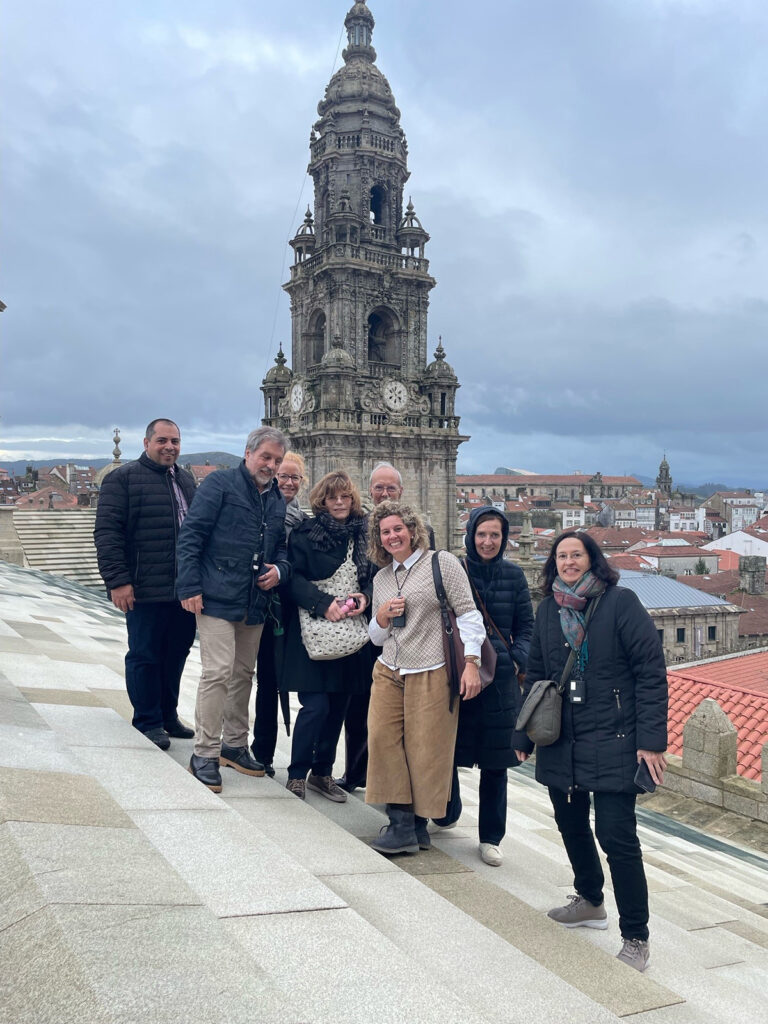
by Patricia Kranz
Representatives from eight press clubs met in Santago de Compostela in the Galicia region of Spain for the annual conference of the European Press Club Federation on Nov. 9 and 10. The OPC is a longtime member of the federation.
As executive director of the OPC, I exchanged information with officials from press clubs in Berlin, Brussels, Catalunya, Geneva, London, Malta, and of course, Galicia. The Galicia Press Center was created in 2022 and soon after joined the federation.
During the meeting, each press club presented an update of their activities during the past year. I was proud to recount the OPC’s many accomplishments: $36,200 in emergency grants to Ukrainian journalists; psychological safety training programs for freelance journalists, women and non-binary journalists; the launching of the How I Did It and In the Thick of It program series; book nights and screenings; and the club’s efforts to diversify its membership and board.
The Institute of Maltese Journalists attended as a prospective member. Federation members supported the potential application as a way to show solidarity with journalists in Malta. In 2017, Daphne Caruana Galizia, an investigative reporter in Malta, was killed by a car bomb. Her work targeted many powerful figures, including money-laundering banks, Mafia-linked gambling companies and politicians allegedly receiving covert payments, The Guardian reported. She ran her own website and her work was part of the Panama Papers project of the International Consortium of Investigative Journalists.
The photo above was taken on the roof of the Cathedral of Santiago de Compostela in Galicia. For centuries, pilgrims have made their way to the site via a network of routes known as the Camino de Santiago, or Way of St. James, which leads to the shrine of the apostle James in a crypt beneath the main altar of the cathedral.
